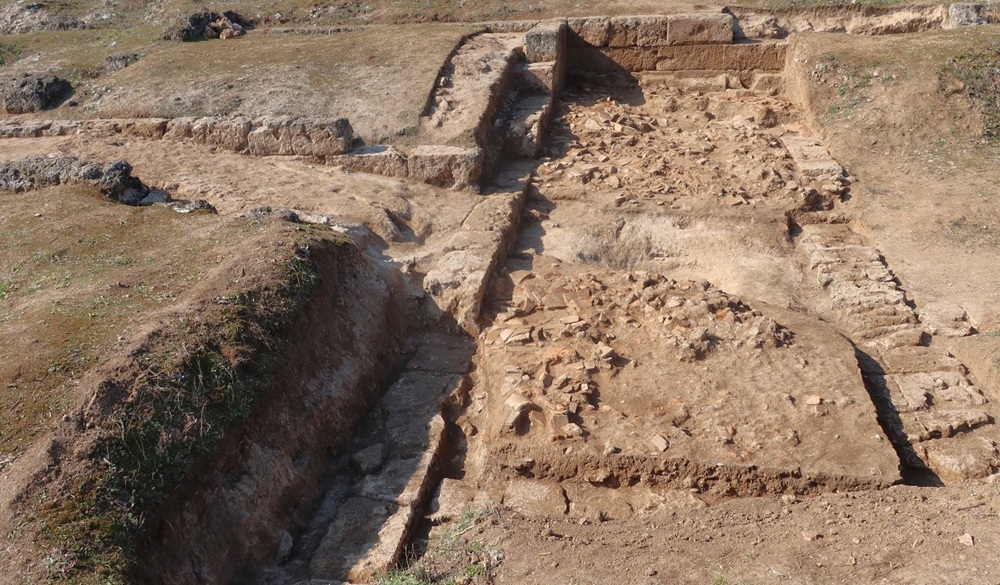
The first phase of the research program at the royal gymnasium of ancient Mieza has been completed, within the framework of the Programmatic Agreement signed by the Minister of Culture, Lina Mendoni, and the Mayor of Naoussa, Nikos Koutsogiannis, in August (07/08) 2024.
The research carried out by the Ephorate of Antiquities of Imathia, under the direction of honorary curator Angeliki Kottaridi, included excavation, cleaning and documentation of the findings, conservation, study and correlation with the findings of earlier excavation periods, as well as preliminary work (design, study of architectural members and structures) for the preparation of a study for the protection and promotion of the monumental complex and the restoration of the western part of the xystos, the Doric portico where running practice took place.
The excavation, which was carried out at points critical to understanding the architectural structure of the enormous building, confirmed that the complex was constructed in the mid-4th century according to a unified plan and, consequently, its association with Philip II (359-336 BC) and Alexander the Great.
A new feature is the discovery of the configuration of the space on a gigantic scale: the natural rock (porolite) of the subsoil was excavated to form three huge, horizontal, absolutely flat terraces (covering an area of approximately 14 acres) developed in a strictly geometric sequence from the southwest, where the superimposed southwest complex is located, to the north, where the palaestra is located, and to the east, where at the lowest point, the two-story arcade of the xystos stretched for almost 200 meters.
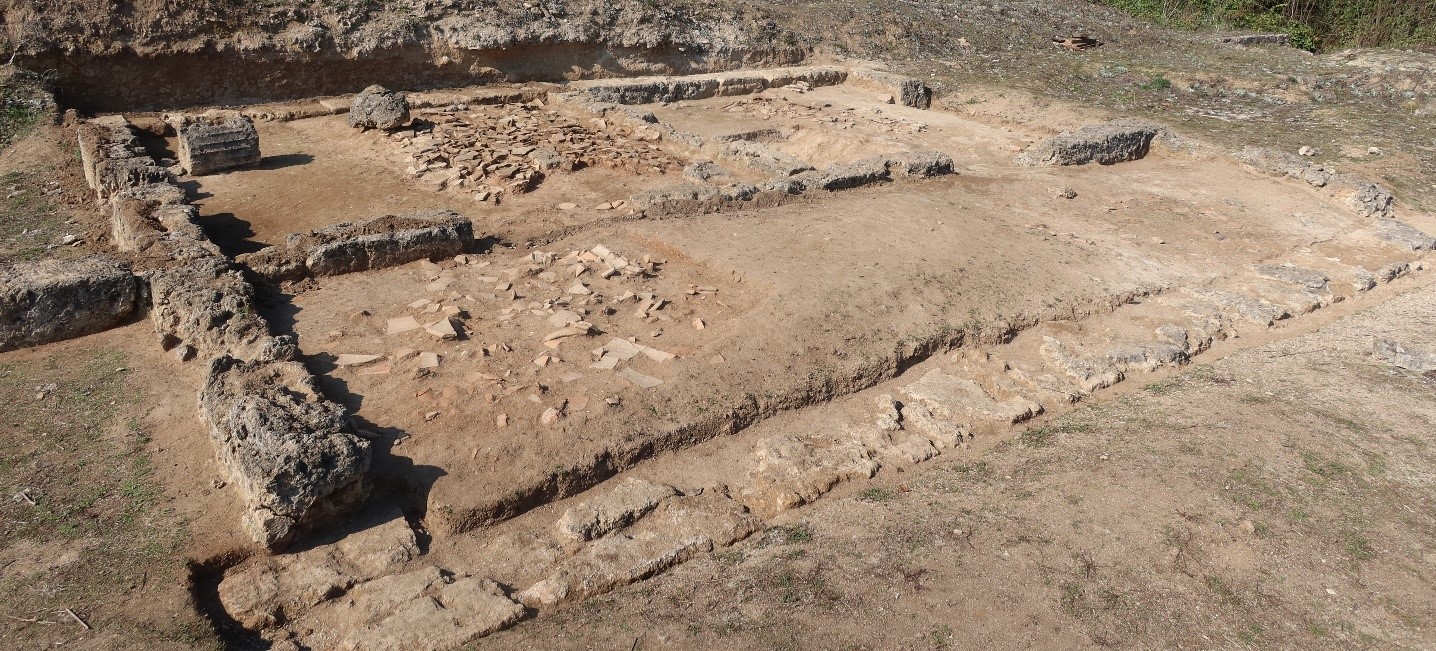
It is possible that the escalation of the levels of the various individual functional units of the gymnasium corresponds to a hierarchy of their operation.
On the wall with the amphikyon of the xystos, as well as on architectural elements (capitals, etc.), white mortar of exceptional quality has been preserved, similar to that found in the royal tombs and the palace of Aigai. In general, there are similarities and parallels with the palace of Aigai, which appear to be characteristic of “classical Macedonian architecture,” but there are also differences due to the different function.
A key feature of the gymnasium of Mieza, apart from its size, is the extensive use of poros cornerstones, especially in the area between the palaestra and the southwestern complex, where the stone walls are preserved in places at a height of up to two meters.
The anointing of young athletes with oil was an essential part of life at the gymnasium. The fragments of Panathenaic amphorae found in the scratching room and the palaestra reveal that the young sons of the Macedonian elite preferred the exquisite and by no means cheap oil from the sacred trees of Athens. However, the most moving find is four styluses of the kind used by Aristotle’s students to write their exercises.

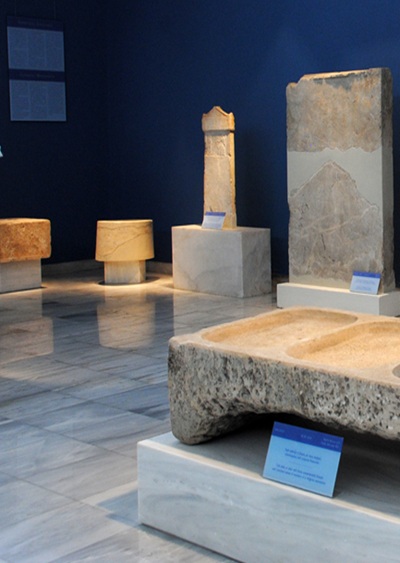
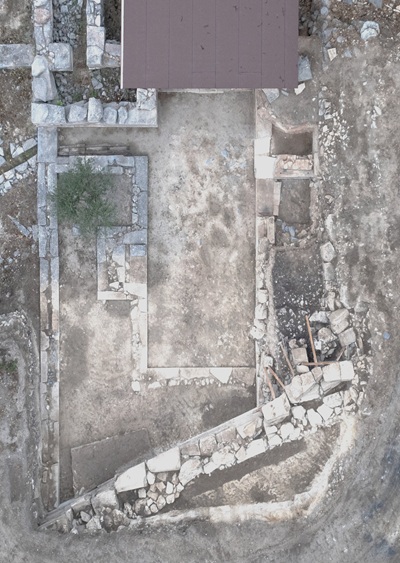
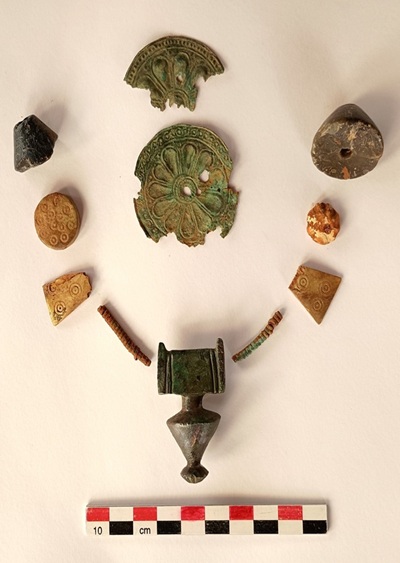
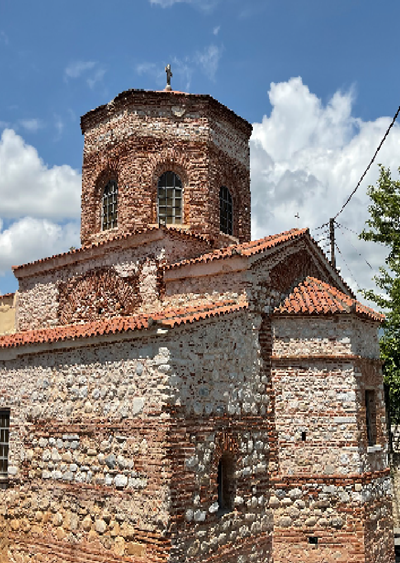


Leave A Comment